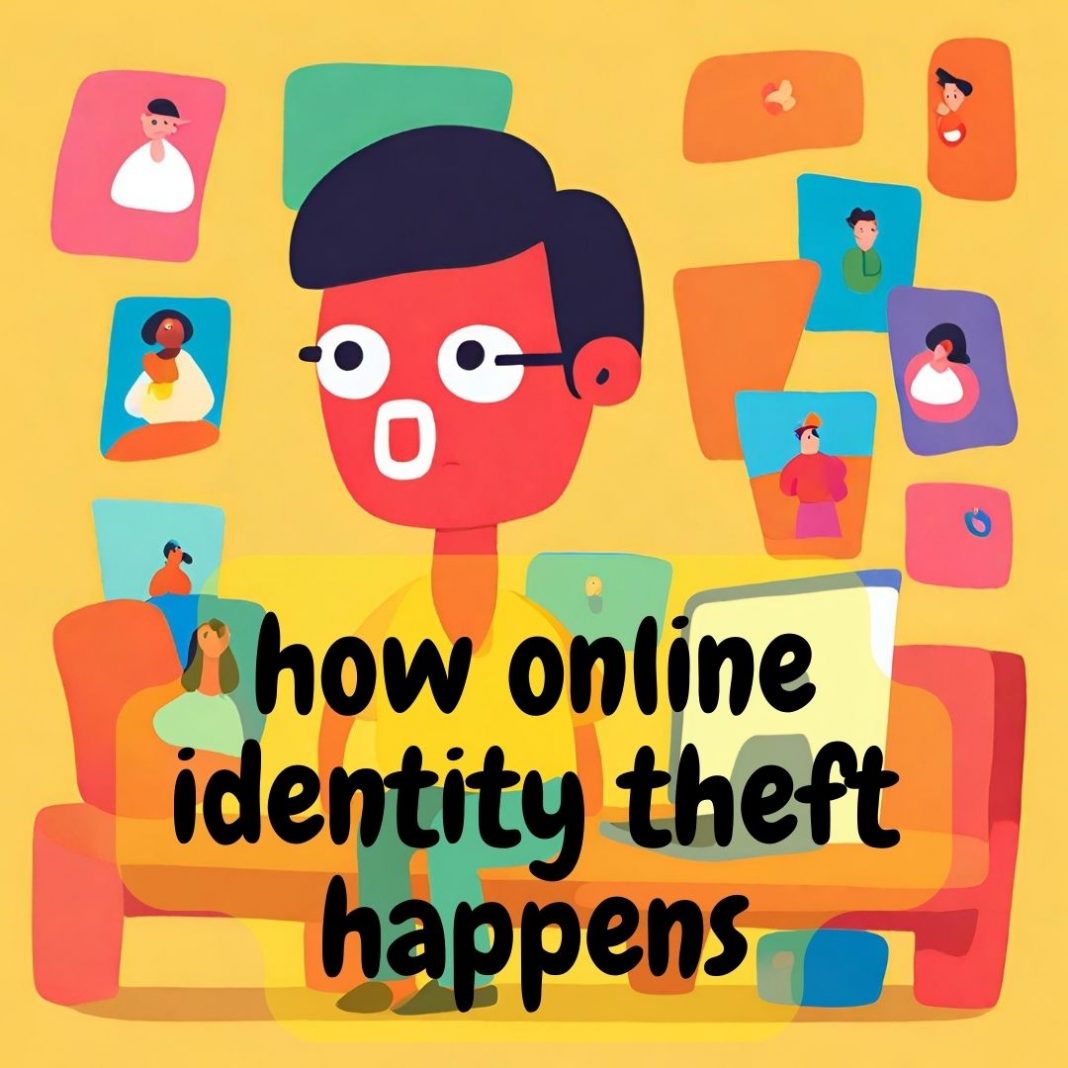In my previous article, I discussed measures to protect your Facebook account. Now, let’s delve into one of the primary ways Facebook accounts, other social media accounts, even bank accounts for that matter, get compromised. Over the past few years, we’ve heard about accounts being “hacked”. However, it’s important to note that real hackers typically won’t spend time and effort to steal your accounts. 99% of stolen accounts are not due to individuals being “hacked”, but rather, they are a result of identity theft.
Identity theft is when someone else pretends to be you without your knowledge. They use your personal information, like your name, email address, or other personal information that can be freely compiled from various sources. Below are freely available sources of information that can be used to perform identity theft:
- Social Media: People knowingly or unknowingly post personal information on social media platforms, which can be used for identity theft. This includes details like full name, date of birth, address, and even answers to security questions like your mother’s maiden name or your first pet’s name.
- Phishing: Emails from a supposed trusted source, like your bank, email provider or even social media site, that will make you click on a link that brings you to a website that will ask for your user id and password.
- Trash/Dumpster Diving: Discarded documents such as bank statements, credit card bills, or even junk mail can contain personal information. Identity thieves may go through someone’s trash to find this information.
- Phone Scams/Vishing: Identity thieves may call pretending to be from a legitimate organization like your bank and ask you to confirm your personal information.
- Lost or Stolen Wallet/Cellphones: If your wallet or cellphone is lost or stolen, it can provide a wealth of information to an identity thief, including your driver’s license, credit cards, contact list, even your photographs.
Once enough information has been gathered from an intended target, malicious parties can continue with stealing their target’s information. With enough information, a fraudster can do any of these:
- Access and drain your bank account: They can use your banking details to withdraw money without your knowledge.
- Open new bank accounts or take out loans in your name: With enough information, they can create new accounts or borrow money, leaving you to deal with the debt.
- Purchase expensive goods in your name: They can buy items using your credit card information or open store accounts in your name.
- Access your email or social media accounts: They can use these to gather more information about you or to scam your friends and family.
- Apply for credit in your name: They can use your personal details to apply for credit cards or loans.
As seen above, it is not that difficult to steal social media accounts and real money from potential victims. All that needs to happen is for people to be careless with their personal information, which opens them up to becoming victims of fraud – no hacking required.



